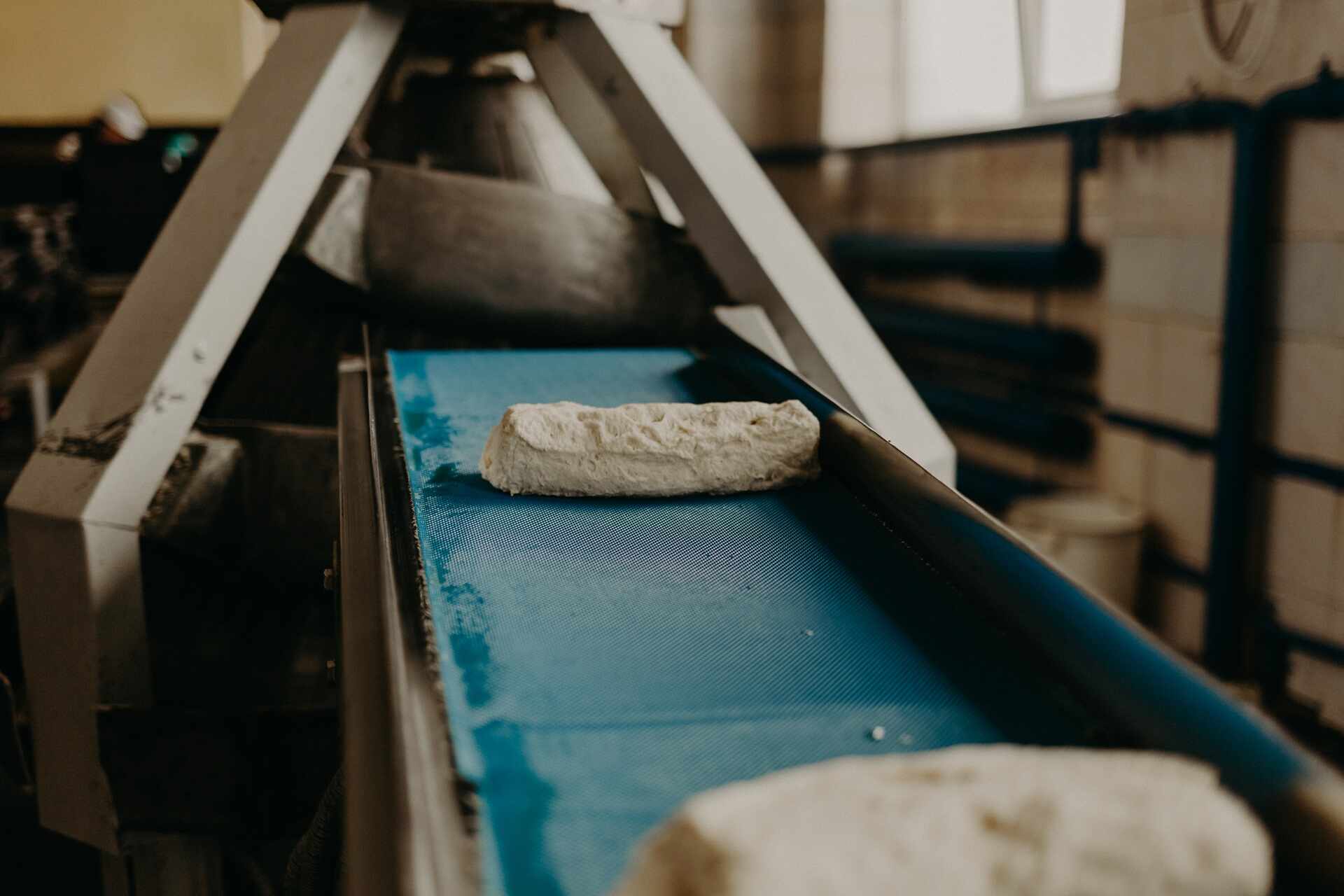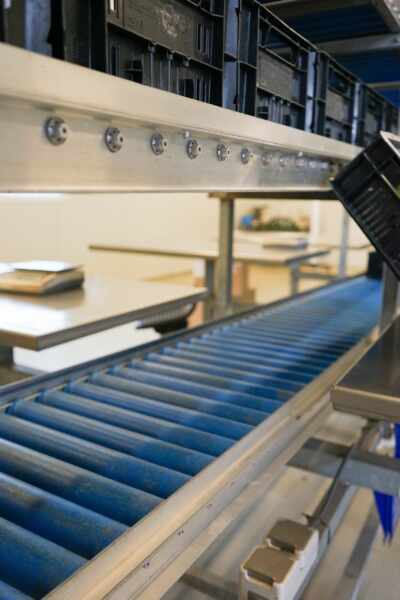Selecting the ideal conveyor belt type can be an overwhelming task for food manufacturing operations, given the wide range of options and varying food safety requirements. From material properties to configuration options, investing in the perfect conveyor belt starts with understanding your specific operation’s needs and making informed decisions based on industry best practices.
Taking the time to identify key factors, such as load capacity, product weight, and material compatibility, will ensure the success of your food manufacturing line, ultimately safeguarding your investment and resulting in a streamlined production process.
In this article, we will delve into different conveyor belt types and their suitability for various food manufacturing applications. Explore factors to consider when selecting a belt type, such as belt material, load capacity, and operational environment, and learn how to optimise your conveyor belt selection to meet industry standards and enhance efficiency. With expert guidance and knowledge of food manufacturing processes, you’ll be equipped to make educated decisions, ensuring a successful and compliant operation.
Understanding Different Conveyor Belt Types
To make an informed decision when selecting a conveyor belt type, it’s essential to familiarise yourself with the various options available. Some common conveyor belt types for food manufacturing include:
1. Flat Belt Conveyors: Versatile and adaptable, flat belt conveyors offer excellent product support and are ideal for a broad range of food applications, from bakery items to meat processing.
2. Modular Belt Conveyors: Constructed from interlocking plastic modules, these belts offer exceptional durability and maintain a high degree of sanitation, making them ideal for the packaging of prepared food, dairy products, and beverages.
3. Cleated Belt Conveyors: Featuring raised cleats along the belt surface, cleated belt conveyors provide enhanced product stability, making them suitable for transporting loose or bulk materials within food processing facilities.
4. Wire Mesh Belt Conveyors: Crafted from woven steel and offering excellent ventilation and drainage, wire mesh conveyors are primarily used in baking, frying, and cooling applications.
Factors to Consider When Choosing a Conveyor Belt Type
To select the perfect conveyor belt system for your food manufacturing operation, consider the following factors:
1. Belt Material: The conveyor belt material should be food grade and resistant to the cleaning and sanitising agents used in your operation. Some popular choices include polyurethane, polyethylene, and stainless steel, with each offering unique advantages and limitations.
2. Load Capacity: Assess your operation’s product weight and throughput requirements, selecting a conveyor belt system capable of handling both the weight and volume of items throughout the production process.
3. Operational Environment: From temperature and humidity to the presence of moisture and food particles, consider the environment in which the belt will operate. Select materials and configurations that can withstand these conditions, ensuring longevity and optimal functionality.
4. Sanitation Needs: Evaluate the sanitation and hygiene requirements specific to your food manufacturing operation. Different conveyor belt types may be more effective for certain hygiene standards, such as preventing cross-contamination between raw materials and finished products.
Optimising Conveyor Belt Selection for Food Safety and Compliance
To ensure your conveyor belt system adheres to food safety standards and regulatory compliance, adhere to the following guidelines:
1. Choose Food-Grade Materials: Select conveyor belt materials that meet food-grade requirements, such as FDA and EU regulations. Ensure materials do not contain harmful substances or cause contamination during food processing.
2. Prioritise Cleanability: Opt for conveyor belt types with components that are easily dismantled and cleaned, preventing bacteria build-up and residue accumulation.
3. Assess Lubrication Requirements: Conveyor belts with high lubrication requirements may pose contamination risks. Prioritise belt types with low friction and minimal lubrication needs for a more hygienic operation.
4. Evaluate Belt Tension: Excessive belt tension can lead to premature wear and damage to the belt and its components, affecting hygiene and product quality. Select conveyor belts with optimised tension designs that reduce the risk of contamination from debris or damaged components.
Leveraging Industry Expertise for Optimised Conveyor Belt Selection
Working with industry experts can significantly streamline the selection process and reduce the burden of decision-making. Collaborate with professionals experienced in conveyor belt design, installation, and maintenance for a tailored approach that ensures a successful food manufacturing operation.
1. Custom Consultation: Engage industry experts who can assess your specific requirements, offering customised solutions that account for your production volumes, sanitation needs, and available space.
2. Integration Assessment: A seamless integration with your existing systems is essential for operational efficiency. Professionals can assist you in evaluating potential conveyor belt systems that align with your existing equipment and processes.
3. Maintenance and Troubleshooting: Preventative maintenance and prompt troubleshooting will prolong the life of your conveyor belt system and maximise your investment. Engage professionals to provide ongoing support, ensuring the reliable performance of your conveyor belt system.
Final Thoughts
Selecting the perfect conveyor belt type for your food manufacturing operation can be a daunting task. By familiarising yourself with the various types available and considering factors such as material, load capacity, and sanitation requirements, you can make informed decisions that optimise your investment, comply with food safety standards, and bolster operational efficiency. Working alongside industry professionals can further elevate your operation’s success, leveraging expert insights and tailored solutions to ensure a seamless integration with your existing systems.
Collaborate with Change Parts for personalised guidance in selecting the most suitable conveyor belt type for your food manufacturing operation. Our team of conveyor belt system manufacturers is committed to helping you navigate the diverse offerings and achieve operational success through a data-driven, tailored approach.




